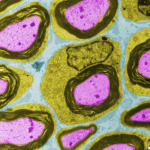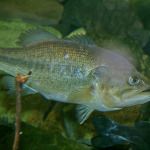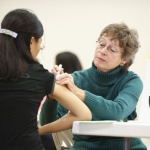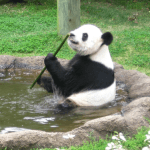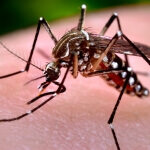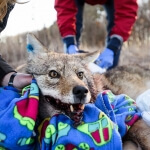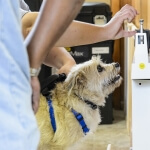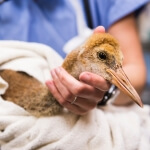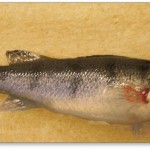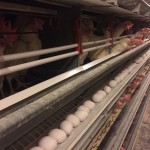Tag Veterinary medicine
UW identifies flu strain affecting NYC shelter cats as H7N2 influenza
"Influenza infection is unlikely in cats that have not had contact with cats from New York City’s Manhattan Animal Care Center," says a UW veterinary professor.
New virus found during investigation into largemouth bass fish kill
The virus has been identified in association with a die-off of largemouth bass in Pine Lake in Wisconsin’s Forest County.
Kawaoka to receive Japan Academy award, presented by Emperor and Empress
Yoshihiro Kawaoka was chosen for his fundamental studies of the influenza virus leading to improved vaccines and better understanding of pandemic flu.
Scientists describe new model to enhance Zika virus research
The model will allow researchers to better understand how the virus causes disease and aid in the development of vaccines.
Veterinary medicine partnership with community saves baby crane
A young Wisconsin sandhill crane is back to full health and flying south for the winter thanks to a partnership with the School of Veterinary medicine.
UNESCO selects Yoshihiro Kawaoka as winner of Carlos J. Finlay Prize
Yoshihiro Kawaoka, a prominent influenza and Ebola researcher, was selected for his overall contributions to the field of microbiology.
Nobel Recipient Campbell Earned Master’s, Doctorate at UW–Madison
William C. Campbell, a master's and doctoral graduate of the University of Wisconsin–Madison, was awarded a share of the 2015 Nobel Prize in Physiology or Medicine, it was announced today.
Veterinary medical researcher honored for lifetime achievement
Ian Duncan, a professor of neurology at the University of Wisconsin–Madison School of Veterinary Medicine and a world leader in the study of myelin disorders of the central nervous system, has received the 2015 Lifetime Excellence in Research Award from the American Veterinary Medical Association (AVMA).




